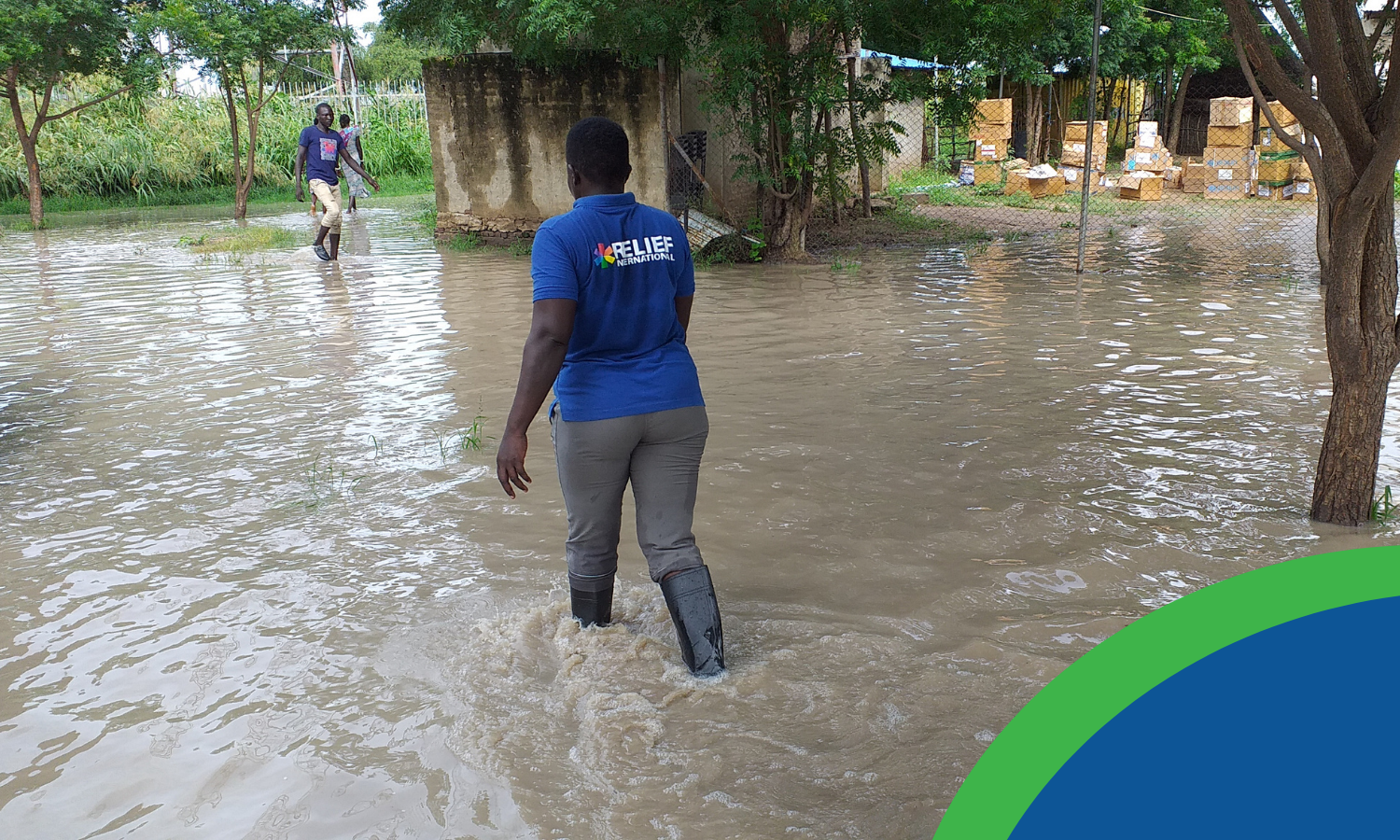Last year, our health teams conducted approximately 853,000 consultations to patients at hospitals and clinics across the Upper Nile region of South Sudan, relying upon dedicated staff, high-quality training, and strong supply chains to do so.
This vital work is made exponentially more difficult by South Sudan’s extreme weather patterns.
Intense heat followed by massive rainfall leads to months of flooding each year, severely disrupting life for everyone during those months.
When it is not flooded, more often than not the temperature is over 30°C (and sometimes over 40°C), which poses its own health risks.
These extreme weather patterns are fueled by climate change.
Staff in South Sudan are constantly battling the effects of these patterns, with climate change specific programming now a central pillar and focus of our work in the country.
Here, two RI staff members from South Sudan, discuss how specifically our health programs are affected by extreme weather, and how we deal with it to ensure our services are not interrupted.
Data Stanley, RI’s Program Manager, has worked at the organization for 6 years:
“In Maban County, the floods happen seasonally, and the intensity depends on the year.
Whenever there is flooding, obviously there’s an interruption to RI’s service delivery.
Health care workers cannot access health facilities [because their path may be blocked by flooding], and the flooding also interrupts the referral pathway for patients.
"Our primary goal when there is flooding is to continue providing lifesaving services across the camps where we operate, so we have to put some contingency measures in place."
We have a considerable number of local staff members who live near our health facilities and can often continue to provide life-saving services even when flooding is high.
We also try to ensure we have additional medical stock at these facilities, so the facilities can continue running for a period of a month or two without resupplies.
For resupplies, we have tractors that can pass higher levels of water. We have to use the tractors to provide the equipment and medicines needed.”
Dak Kuany Deng, RI’s Area Coordinator for Maiwut County, has worked at the organization for two years:
“In July and August [2021], accessibility to facilities was difficult [due to flooding]. Using any other means of transportation was cut off and then people had to walk through the flood water.
When you have to transport supplies to the sites, it usually has to be done by people carrying supplies above their heads as porters.
"I’m two meters tall, and there have been times when the flood water was up to my chest."
This can create health issues. If you are in the water for over four hours, you will probably have to drink in the water that is not treated. That is not safe.
In some locations where there are boreholes [for water pumps] the boreholes are submerged and the water is contaminated.
This can be a breeding ground for Malaria and other illnesses.
"During the rainy season and the flooding times, we see the number of water related diseases increases."
The community understands that things are changing; it is becoming hotter and then it is raining more.
Local people do not actually use the term ‘Climate Change’ but say that seasons are changing and the temperatures are rising up.
It’s hotter than normal now. People have resorted to moving at night instead of during the day.
Some people have planted some trees outside their homes so they can be under the tree during the day.
Soon the rain and floods will come.
The flooding is normally in May to late November.
I predict that the flooding will be even worse this year.
Yesterday I started seeing rain clouds. If the rain starts early, I can only expect the worst.”



